Bernadouze Peatland in Pyrenees Mountains
Bernadouze Peatland is captivating locality of southwestern France, within the Pyrenees Mountains. This scenic region is well known by its picturesque landscapes, with rolling hills, lush greenery, and diverse ecosystems.
The peatland itself spans over 4,7 hectares, encompassing a significant expanse of moss-covered wetlands. Average peat thickness varies and, in some areas, reach up to 9 m. The place is located in altitude about 134 m in mountainous to subalpine climatic zone.
The locality surrounding Bernadouze Peatland provides an ideal backdrop for outdoor activities. The area like nature enthusiasts, and those seeking tranquillity amidst the beauty of the French countryside.
Introduction of the Bernadouze Peatland
Bernadouze Peatland is a biological reserve since 1983. The peatland is formed by the Bernadouze peat bog and is located in the upper Vicdessos valley in Ariège at an altitude of 1,500 m, near the Col de Lers.
The area is part of the Natura 2000 area “Mont Ceint, Mont Béas, tourbière de Bernadouze” and it is located in an area undergoing radical change, where agro-sylvo-pastoral activities are gradually disappearing.
Since September 2016, multidisciplinary studies have been taking place on the campus. The research collect basic data on the functioning of the peatland before the deforestation of the slopes above peatland. The aim of the measurement is to assess the impact of climate change on the functioning of the peatland.
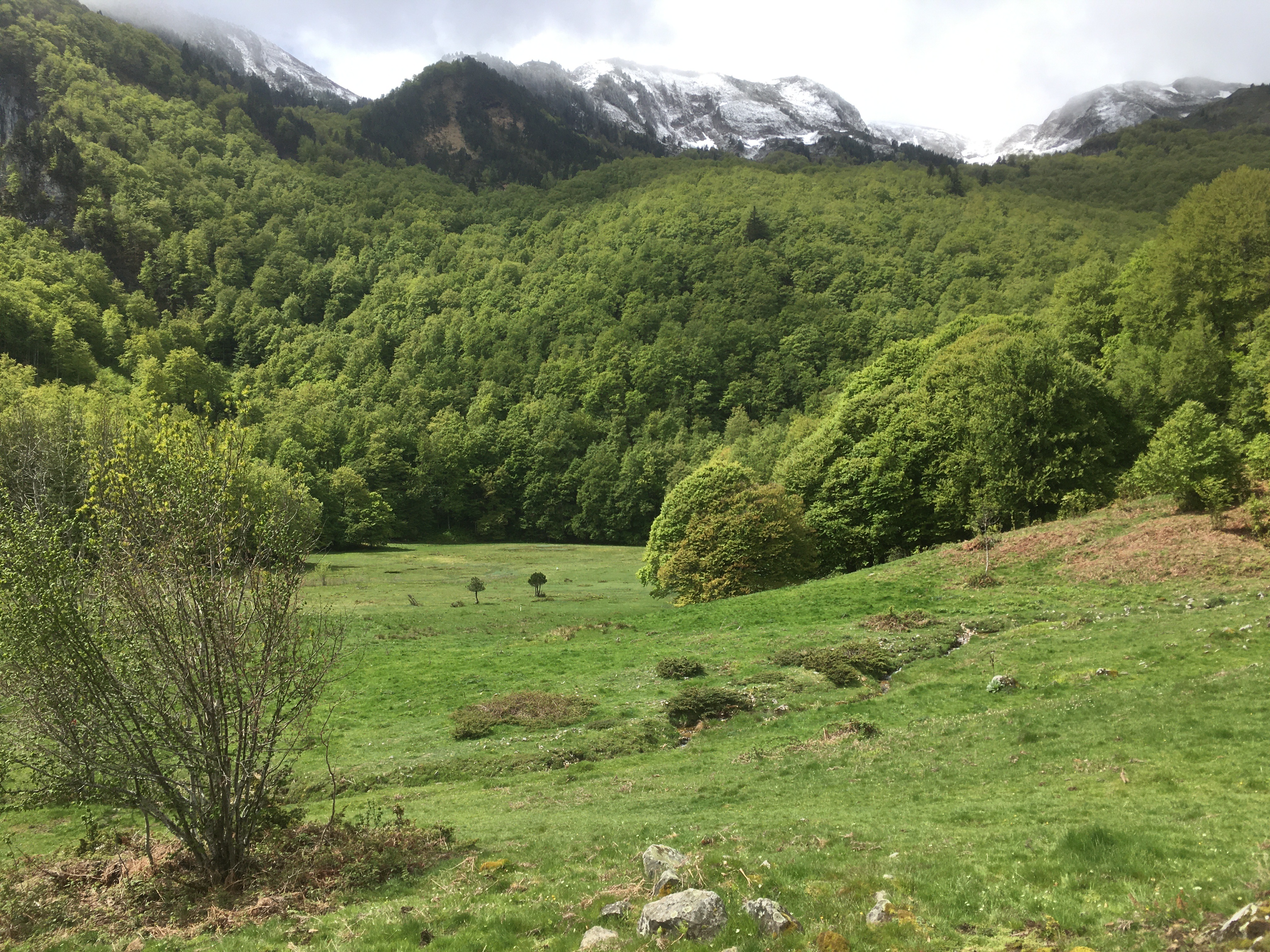
The history of Bernadouze Peatland
The history of Bernadouze Peatland is deeply intertwined with the geological and ecological processes that have shaped the region over thousands of years. The peatland’s formation can be traced back to the last Ice Age. In that time when retreating glaciers left behind depressions that gradually filled with water.
Over time, the accumulation of decaying plant material in these waterlogged basins led to the formation of peat, which is the primary component of the peatland.
Economic benefit of Bernadouze Peatland
Throughout history, the peatland has played a significant role in the local economy. Peat extraction has been practiced for centuries. Local communities utilised the peat as a source of fuel for heating and cooking. The traditional harvesting techniques involved cutting blocks of peat and drying them for use.
In recent decades, a growing recognition of the ecological value of peatlands, led to the increased conservation efforts. The importance of carbon sequestration, biodiversity conservation, and water purification provided by Bernadouze Peatland has prompted measures to protect and restore this ecosystem.
These initiatives aim to balance the preservation of the peatland’s ecological functions with sustainable land management practices.

Conclusion
Today, Bernadouze Peatland stands as a testament to the enduring power of nature and the need to safeguard our natural heritage. Its history serves as a reminder of the delicate balance between human utilization and the preservation of vital ecosystems. Further on, also highlighting the importance of sustainable practices to ensure the long-term health and integrity of this remarkable peatland.
Bernadouze Peatlandis located within the Pyrenees Mountains. That location adds specific charm to this place. The area is offering visitors breath taking views and a unique natural environment to explore.

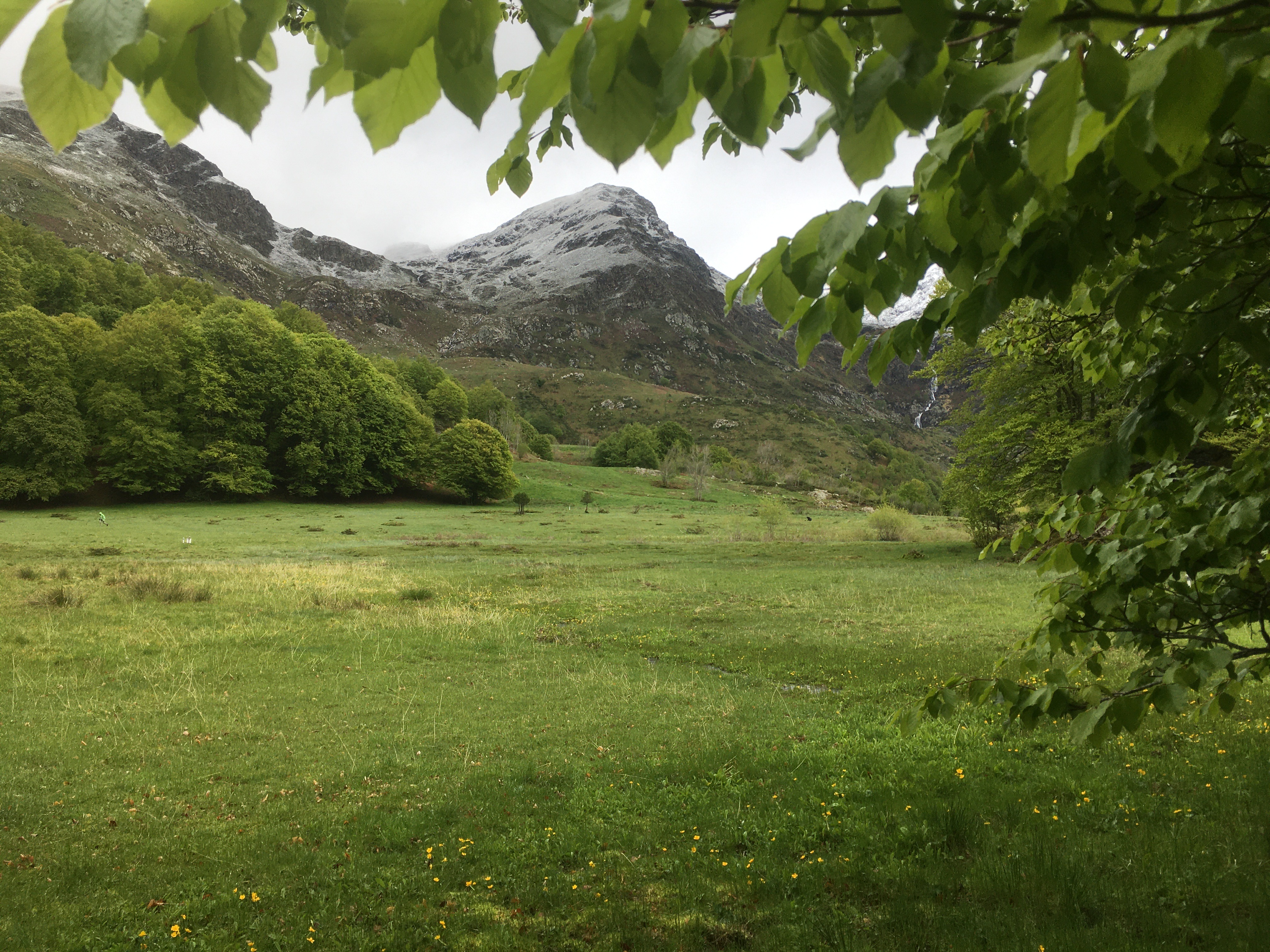


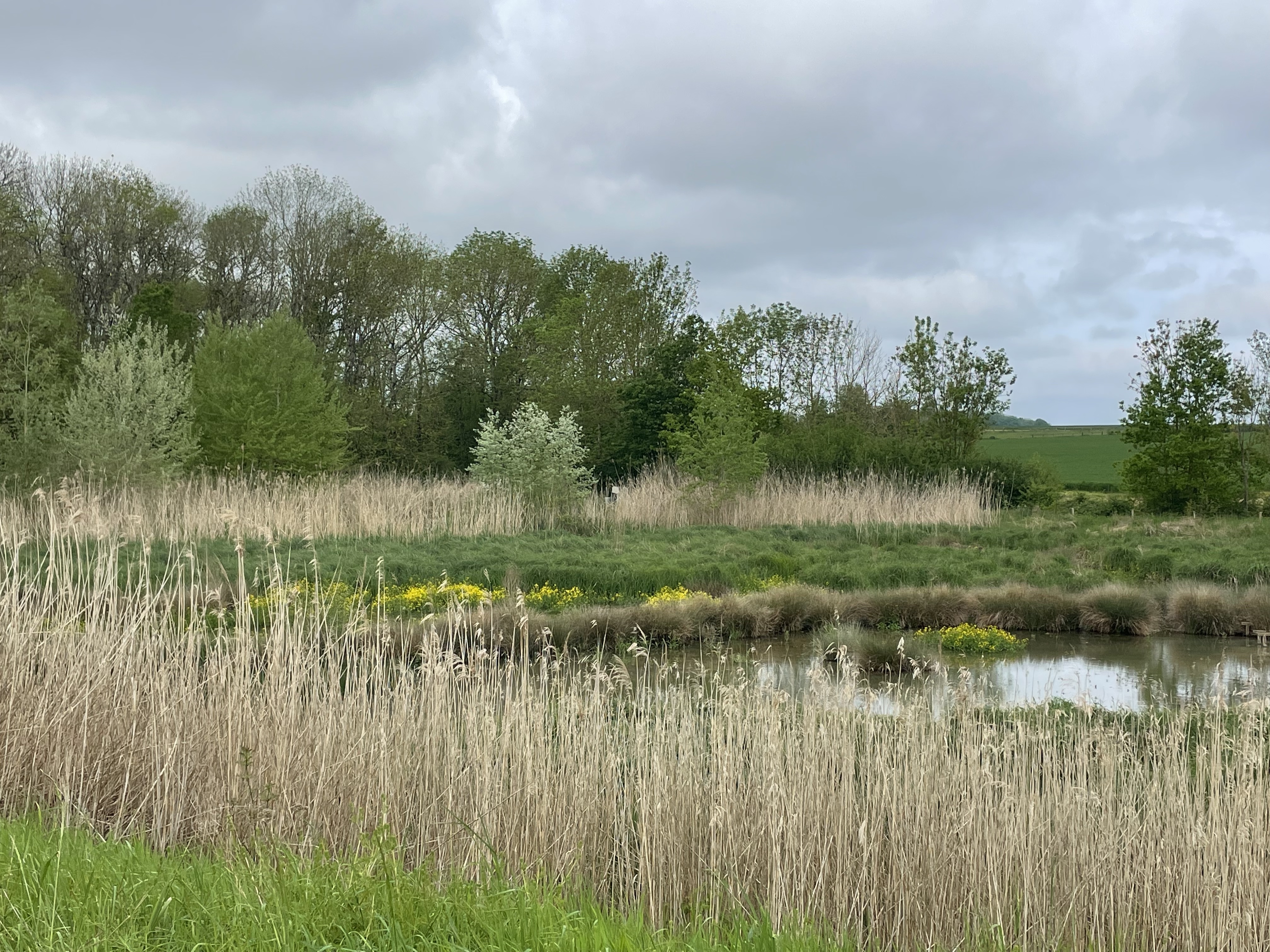
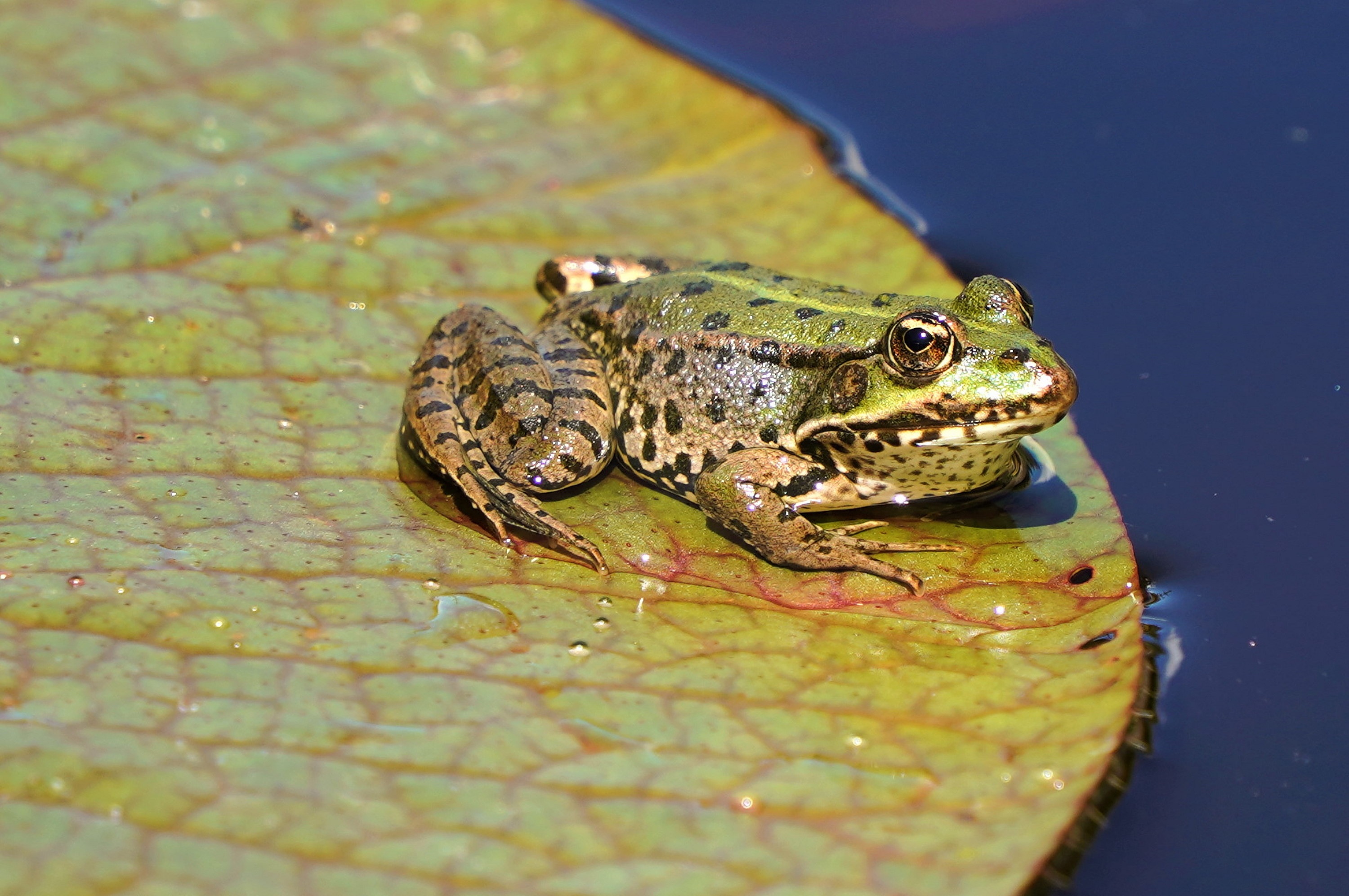
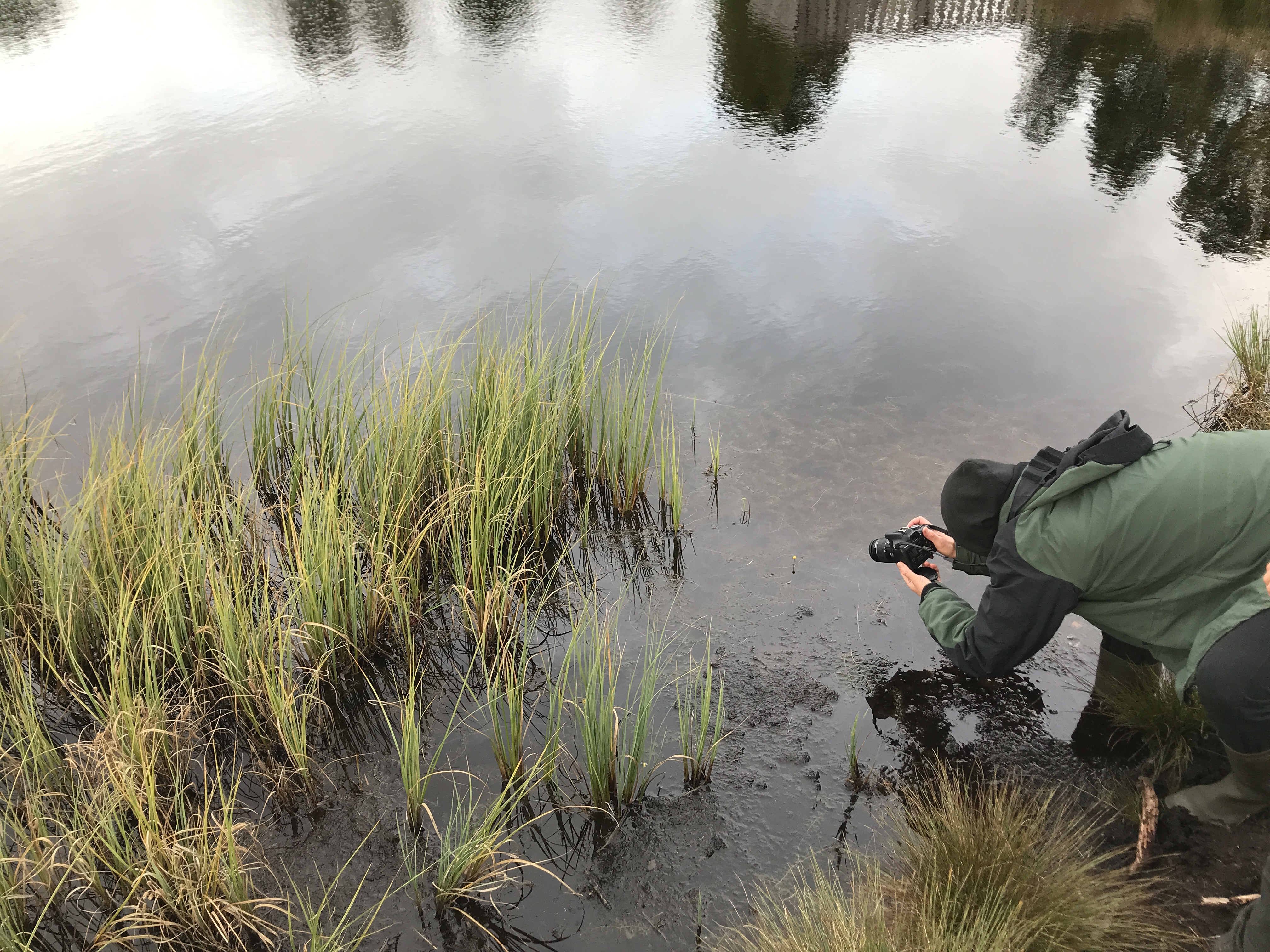
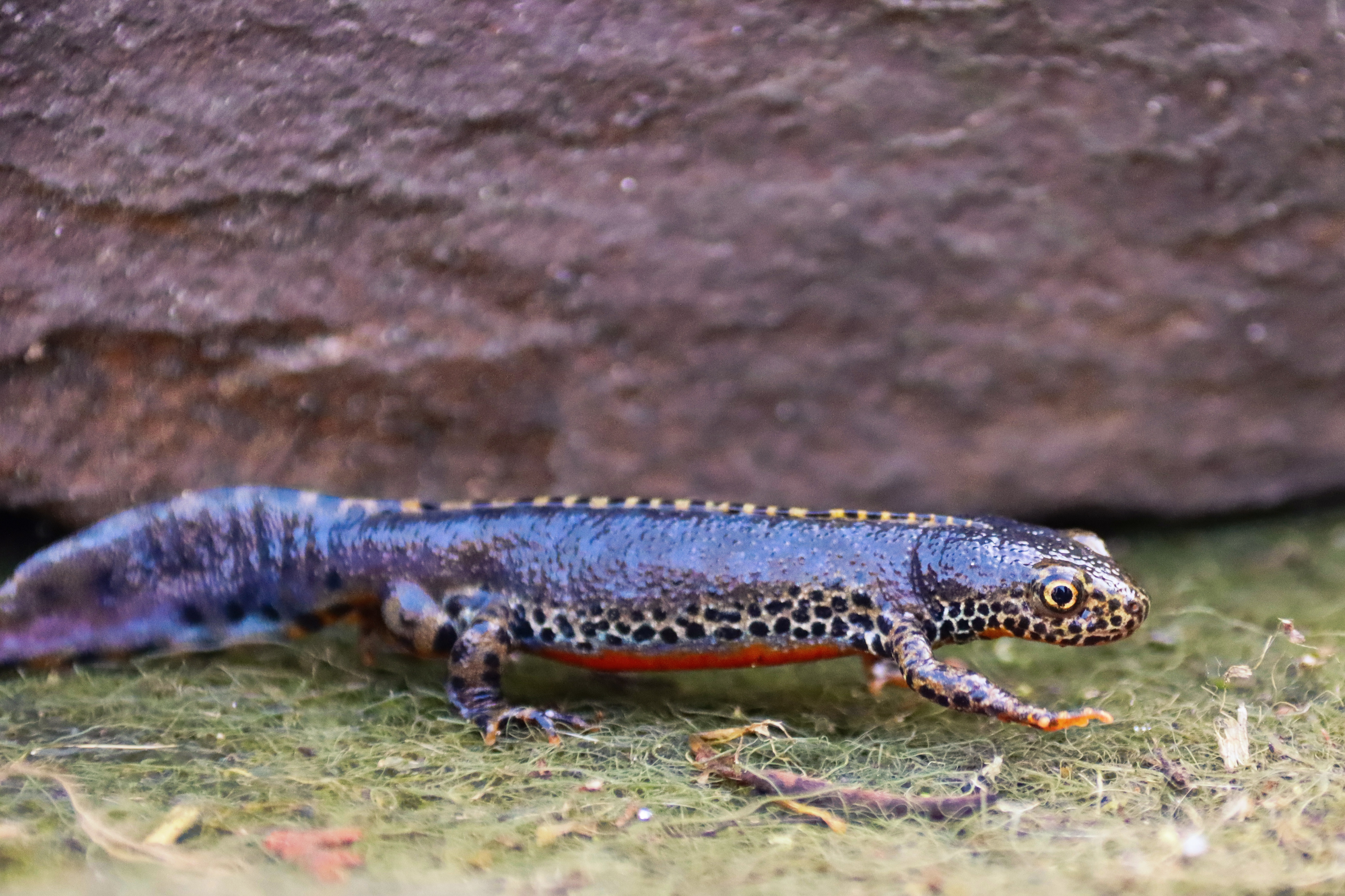
After having been a small Managed Biological Reserve since 1982, the Bernadouze peatland is since 2017 part of the larger Montcalm Biological Reserve, with still Managed Reserve (180 ha) for peatlands, lakes, heaths and grasslands (https://www.protectedplanet.net/555640686), and Integral Reserve (390 ha) for partly old growth forests (https://www.protectedplanet.net/555640687). Of course, the Managed Reserve, with pastoralism as traditional activity and management method, is far from wilderness…